The new fund labelling regime and investor behaviour shifts reveal a brutal but necessary evolution for ESG investing.
A smaller, sharper ESG universe
Sustainability in investing once promised moral clarity and market outperformance. Today, it looks more like a bruising struggle for relevance. As new regulations squeeze the definition of “sustainable,” investors face a narrower, but sharper, landscape.
In the UK, the Financial Conduct Authority’s new labels—Improvers, Focus, Impact, and Mixed Goals—mark a watershed moment. Funds must now earn their sustainability claims through exhaustive documentation and transparency. Out of more than 400 self-described “sustainable” funds last year, only a fraction will survive under the new rules. Retail investors will, for the first time, browse a streamlined shelf where an oil company might sit, legitimately, in an Improvers fund—but at least no one is pretending otherwise.
Across the Atlantic, the backlash bites harder. US sustainable funds bled nearly $20 billion in outflows in 2024, their second consecutive year of retreat. The causes are painfully clear: poor relative performance, the drag of high interest rates on clean energy stocks, and a ferocious political campaign branding ESG as a Trojan horse for progressive ideology. Even titans like Parnassus and BlackRock watched billions walk out the door. The ESG label, once a magnet, has turned radioactive in certain circles.
And yet, surveys stubbornly reveal enduring appetite. Investors say they want sustainable options. Fund selectors whisper they still see growing demand—if only the products could match the rhetoric. It is this dissonance between aspiration and reality that defines the next phase of sustainable investing.
Europe risks losing its ESG leadership
Meanwhile, Europe risks snatching defeat from the jaws of regulatory victory. In a move that stunned governance advocates, Brussels has watered down its corporate sustainability reporting requirements. Under the new “Omnibus” reforms, fewer companies will need to disclose environmental data, and those that do will report less of it. The lessons of financial disclosure harmonisation—the backbone of Europe’s capital markets—are at risk of being forgotten. Europe once led by dragging companies into uncomfortable sunlight; it now risks sheltering them again in fog.
What emerges is a Darwinian landscape. Investors must scrutinise sustainable funds as rigorously as any other asset class. Labels can guide, but they are not medals for competence. Fund selectors must read the holdings, understand the methodologies, and question whether funds truly align with their mandates.
In this environment, certain strategies deserve attention. Mid-cap growth companies, often overlooked, may offer sustainable returns without the froth of mega-cap tech exposure. Funds like Liontrust’s Sustainability Focus and Baillie Gifford’s Positive Change argue that real-world impact and financial resilience are not mutually exclusive—but they also warn of volatility. Meanwhile, funds like Jupiter Responsible Income offer a haven for allocators seeking sustainable exposure without abandoning dividends or portfolio stability.
The ESG gold rush is over. Now comes the hard work: building portfolios that deliver both returns and responsibility without smoke and mirrors. For selectors and allocators, the time for blind trust is gone. Sharp questions, sharper analysis, and a cold-eyed view of what sustainability really means will separate the serious from the slogans.
